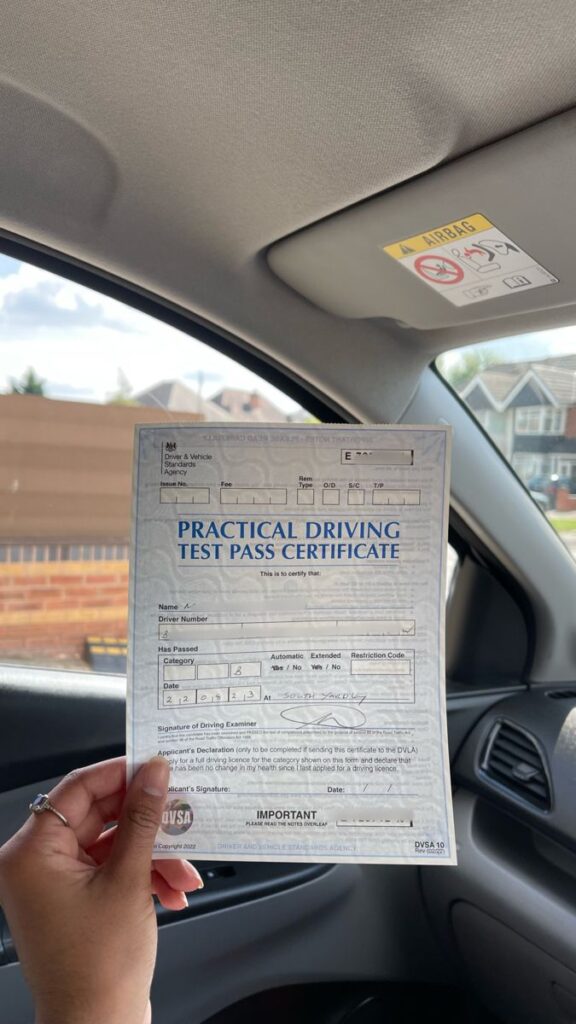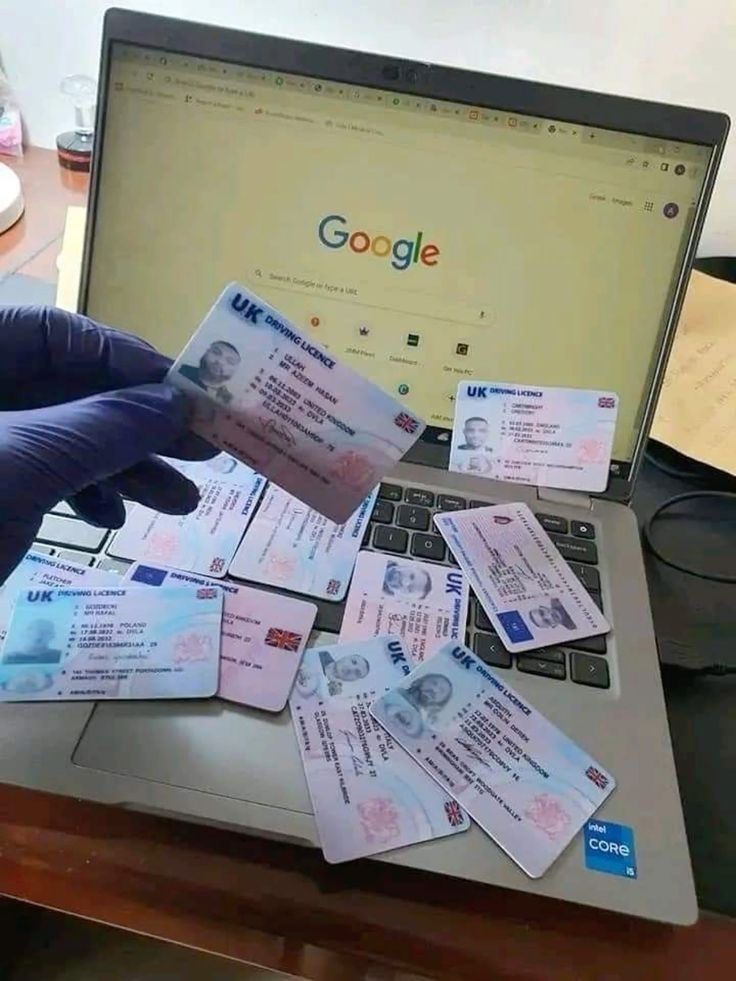How to Get a Driving License in Germany: A Comprehensive Guide for Expats
Obtaining a driving license in Germany can be a complex process, especially for foreigners navigating unfamiliar bureaucracy. Whether you’re starting from scratch or converting a foreign license, this guide provides a step-by-step roadmap to secure your German Führerschein (driving license) efficiently. We’ll cover costs, choosing a driving school, required documents, obtaining permission from the Bürgeramt, taking the theoretical exam, receiving your license (including by post), and applying for an International Driving Permit (IDP).
How to Get a Driving License in Germany
The process to obtain a German driving license varies depending on whether you’re a first-time driver or converting a foreign license. Below is the general process for first-time drivers, followed by specifics for license conversion.
- Check Eligibility
- You must be at least 18 for a Class B license (standard cars) and have resided in Germany for at least 185 days, proven by a residence permit or registration certificate (Anmeldebestätigung).
- You must pass an eye test and a first aid course (9 units of 45 minutes each).
- Enroll in a Driving School (Fahrschule)
- Register with a licensed driving school, as independent teaching is illegal in Germany.
- Complete mandatory theoretical training (14 double lessons of 90 minutes for Class B) and practical training (minimum 12 driving hours, including special trips like highway and night driving).
- Obtain Permission from the Bürgeramt
- Apply for permission to take the theoretical exam at your local Bürgeramt or Führerscheinstelle (driving license office). This step is detailed below.
- Pass the Theoretical Exam
- The theory test consists of 30 multiple-choice questions from a pool of ~1,000, covering traffic rules, signs, and safety. You can take it in English or other languages, but German is most common.
- Pass the Practical Exam
- Conducted by TÜV or DEKRA, the practical exam tests city driving, highway driving, and maneuvers. Your instructor and an examiner will be present.
- Receive Your License
- After passing both exams, your license is issued by the Führerscheinstelle. You can collect it in person or have it mailed (see below).
Note: New drivers are on a 2-year probationary period with stricter rules (e.g., zero alcohol tolerance).
How Much Does It Cost?
Costs vary based on your driving experience, the driving school, and the region. Below is a breakdown for a Class B license:
- Driving School Fees:
- Basic fee (theory lessons, administration): €350–€500.
- Practical lessons (per 45-minute session): €50–€80.
- Mandatory special trips (highway, night, overland): €70–€120 each.
- Total for lessons (assuming 10–25 practical hours): €1,000–€2,500.
- Exams:
- Theoretical exam: €22.49–€25.
- Practical exam: €91.75–€165.
- Other Costs:
- Eye test: €6–€10.
- First aid course: €20–€50.
- License issuance fee: €35–€51.21.
- Passport photos: €10–€20.
- Total (First-Time Driver): €1,200–€3,800, depending on the number of lessons and exam attempts.
- Conversion Costs: €35–€425 for license exchange (no exams for EU/EEA or reciprocal countries) or up to €1,500 if exams are required.
Source: Costs are based on estimates from driving schools and official sources like TÜV Süd and patricks-fahrschule.de.
How to Convert Your Foreign Driving License
Converting a foreign driving license depends on your country of origin:
- EU/EEA Countries:
- Your license is valid until its expiry date. You can exchange it voluntarily or when it expires without exams. Submit your license, a translation (if not in Latin script), ID, a passport photo, and a €35–€42.60 fee at the Führerscheinstelle. Processing takes 2–6 weeks.
- Countries with Reciprocal Agreements (e.g., Japan, Canada, New Zealand, some U.S. states like Florida or Indiana):
- You can exchange your license without exams or with only a theoretical exam (check your country’s status at bmv.de). Provide your license, a certified translation, proof of residence, an eye test certificate, a first aid certificate, and the fee.
- Processing time: 2–4 months in Berlin, 2–6 weeks elsewhere. You may keep your foreign license during processing in some cities.
- Non-Reciprocal Countries (e.g., India, non-reciprocal U.S. states):
- You must enroll in a driving school, take a first aid course, an eye test, and pass both theoretical and practical exams. The process is similar to first-time drivers but may require fewer lessons if you’re experienced.
- Costs: €1,000–€2,000, including lessons and exams.
Important Notes:
- Your foreign license is valid for 6 months after establishing residence in Germany (185 days). After this, you must convert it or stop driving.
- Expired or temporary licenses cannot be converted.
- You may need to surrender your foreign license when receiving the German one.
- For translations, use certified translators or organizations like ADAC (note: Düsseldorf’s Führerscheinstelle requires physical handling of the license by the translator).
How to Choose a Driving School
Selecting the right Fahrschule is critical to avoid unnecessary costs and ensure quality training:
- Check Language Options: Some schools offer theory classes in English, Spanish, Turkish, or other languages. Confirm availability, as English classes may have limited seats.
- Read Reviews: Check Google Maps or local forums for student feedback. Avoid schools known for pushing excessive lessons.
- Compare Prices: Basic fees and lesson costs vary. Ensure the school provides transparent pricing (legally required) and check if the basic fee covers theory lessons.
- Verify Services: Ensure the school handles exam registration and provides study materials (e.g., Fahren Lernen Lehrbuch or apps like Fahrschulcard).
- Location and Vehicles: Choose a school with convenient locations and modern vehicles. For manual transmission licenses, confirm they offer manual cars.
- English-Speaking Instructors: Especially for practical lessons, ensure instructors speak your language or consider hiring a translator for the exam.
Recommendations: In Berlin, schools like Fahrschule R.E.X. offer English instruction. Search platforms like farschule-123.de to find schools by vehicle type and language.
Get Everything You Need
To start the process, gather these documents:
- Valid ID: Passport or residence permit.
- Proof of Residence: Anmeldebestätigung (registration certificate).
- Eye Test Certificate: From an optician (e.g., Fielmann, ~€6–€10, valid for 2 years).
- First Aid Course Certificate: 9 units (45 minutes each, ~€20–€50, offered by German Red Cross, ADAC, or TÜV/DEKRA).
- Passport Photo: Biometric, 3.5 cm x 4.5 cm.
- Foreign License and Translation (if converting): Certified translation if not in Latin script or from a non-EU/EEA country.
- Application Form: Provided by the driving school or Führerscheinstelle.
For first-time drivers or non-reciprocal country license holders, you’ll also need:
- Driving School Contract (Ausbildungvertrag): Signed with your Fahrschule.
- Proof of Theory Lessons: Minimum 14 double lessons for Class B.
Tip: Driving schools often handle paperwork, so enroll early to streamline the process.
Get Permission from the Bürgeramt
To take the theoretical exam, you need permission from the Bürgeramt or Führerscheinstelle:
- Book an Appointment: Schedule via the Bürgeramt website or phone. Appointments may take weeks, so book early.
- Submit Documents: Bring your ID, residence proof, eye test certificate, first aid certificate, passport photo, driving school contract, and foreign license (if applicable).
- Pay the Fee: €37.50–€51.21, depending on the office and license type. Check accepted payment methods (cash, card, etc.).
- Processing Time: 6–9 weeks in Berlin; 2–6 weeks elsewhere. You’ll receive a letter confirming permission, valid for 12 months.
Note: The Bürgeramt forwards your application to the Führerscheinstelle, which verifies documents with your home country’s embassy if converting a foreign license.
Take the Theoretical Exam
The theoretical exam (* Theorieprüfung*) is a computer-based test administered by TÜV or DEKRA:
- Format: 30 multiple-choice questions from a pool of ~1,000, covering traffic rules, signs, and safety. Each question is worth 2–5 points; you fail if you miss more than 10 points.
- Languages: Available in English, Spanish, Turkish, Arabic, and others. Specify your language when registering.
- Preparation: Study using apps like Fahrschulcard or Fahren Lernen Lehrbuch from your driving school. Practice all 1,000 questions, as 39%–42% of candidates fail their first attempt.
- Cost: €22.49–€25 per attempt.
- Scheduling: Your driving school registers you after completing theory lessons and receiving Bürgeramt permission.
- Tips: Study German traffic signs thoroughly (use guides like Urban Ground’s PDF). Take practice tests to familiarize yourself with the format.
Get Your Driving License
After passing both exams:
- Submit Documents: Return to the Führerscheinstelle with your exam results, ID, and temporary license (if issued).
- Pay the Issuance Fee: €35–€51.21.
- Processing Time: 4–6 weeks. You may receive a temporary license in the meantime.
- Probationary Period: New drivers face a 2-year probation with stricter rules (e.g., no alcohol, harsher penalties for violations).
Your German license is valid across the EU/EEA and follows EU standard categories (e.g., Class B for cars).
Get Your Driving License by Post
You can opt to have your license mailed:
- Request at Application: When applying at the Führerscheinstelle, pay an additional €5 for registered mail.
- Delivery: The license is sent as a plastic, credit card-sized card with security features. Delivery is guaranteed via registered mail.
- Alternative: If you don’t request mail delivery, you must pick up your license at the Führerscheinstelle without an appointment, typically 4 weeks after passing the practical exam. Bring your temporary license and ID.
Note: You won’t be notified when the license is ready, so check processing times online or with your Führerscheinstelle.
Get an International Driving Permit
An IDP translates your German license for use abroad, valid under the 1949 Geneva or 1968 Vienna Conventions:
- Eligibility: You must hold a valid German driving license and be 18 or older.
- Application: Apply at the Führerscheinstelle or Bürgeramt with:
- A completed application form.
- Your German license (original and copy).
- A passport photo.
- ID (passport or residence permit).
- A fee of ~€15–€20.
- Processing: Issued within a few days, valid for 1–3 years (depending on the convention) but not beyond your German license’s validity.
- Usage: Carry your German license with the IDP, as it’s not a standalone document. It’s valid in over 175 countries for up to 6 months per country.
Note: If you hold a non-German license, apply for an IDP in your home country (e.g., AAA for U.S. citizens).

License Categories in Germany
Germany uses EU-standard license classes, plus national categories (in italics):
- Class AM: Mopeds/light quadricycles (16+).
- Class A1: Light motorcycles (≤125 cc, 16+).
- Class A2: Motorcycles (≤35 kW, 18+).
- Class A: Motorcycles (>35 kW, 24+ or 20+ with 2 years A2).
- Class B: Cars (≤3,500 kg, 18+).
- Class BE: Cars with trailers (>750 kg).
- Class C1/C: Trucks (3.5–7.5 tons/7.5+ tons, 21+).
- Class D1/D: Buses (≤16 passengers/16+ passengers, 21+/24+).
- Class L: Agricultural vehicles (16+, limited to specific purposes).
- Class T: Tractors (16+).
Each category requires specific training and exams.
Tips for Success
- Start Early: Book Bürgeramt appointments and enroll in a driving school as soon as possible to avoid delays.
- Study Thoroughly: Use apps and practice tests to master the theory exam, as failure rates are high (39%–42% for Class B).
- Choose Manual or Automatic: Specify your preference when applying. Automatic licenses restrict you to automatic vehicles, but manual licenses cover both.
- Understand German Rules: Traffic rules differ significantly from other countries (e.g., right-of-way, Autobahn etiquette). Take a few lessons even if converting a license.
- Check Reciprocity: Verify your country’s status at bmv.de to avoid unnecessary exams.
- Budget for Extras: Account for potential retests or additional lessons (especially if you fail the practical exam, 44% failure rate).
Conclusion
Obtaining a German driving license requires careful planning, from choosing a reputable driving school to gathering documents and passing exams. For foreigners, converting a license can be straightforward if your country has a reciprocal agreement, but non-reciprocal country holders should prepare for a full process. Expect to invest €1,200–€3,800 and several months, depending on your experience and region. By following this guide, you’ll be ready to hit the Autobahn legally and safely!
